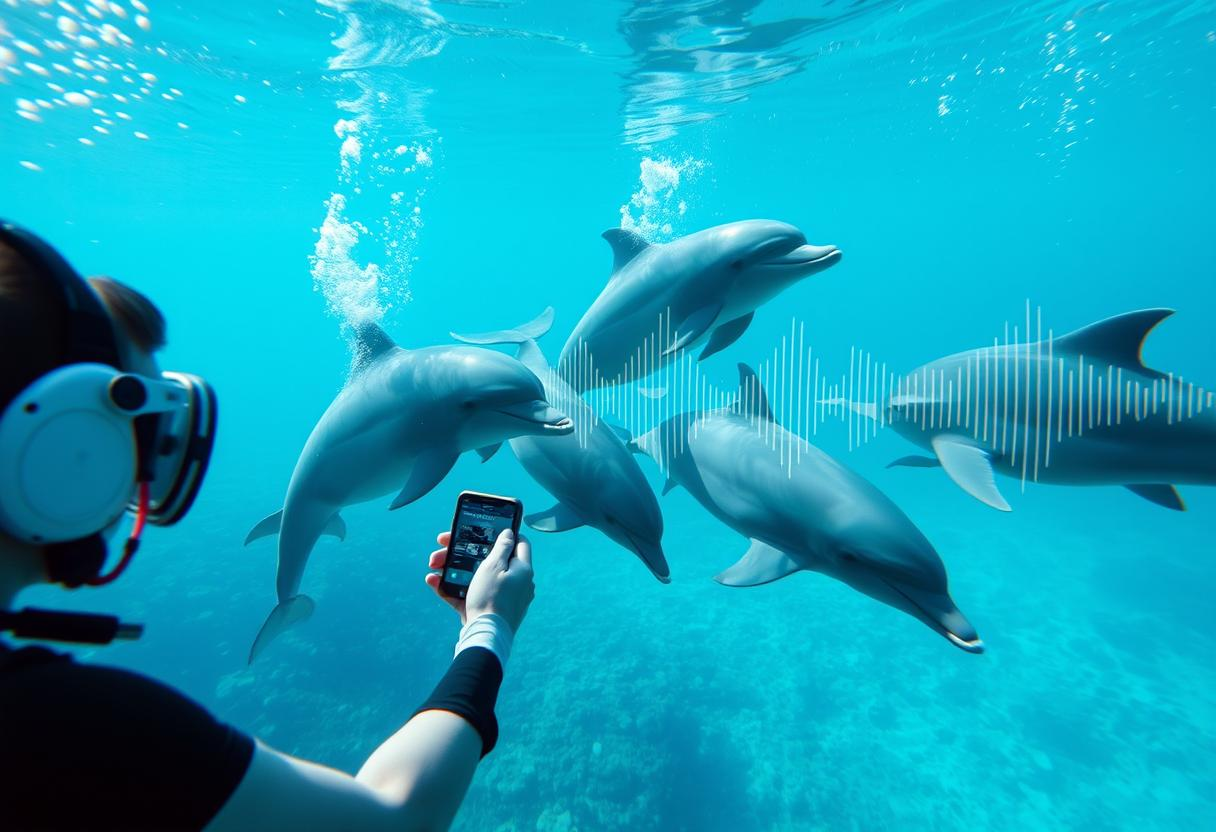In the vast, uncharted waters of interspecies communication, humans have long been the ones doing all the talking—or at least, all the interpreting. Dolphins, with their complex vocalizations, have remained enigmatic conversational partners. Google, in collaboration with Georgia Tech and the Wild Dolphin Project (WDP), is attempting to change that narrative with DolphinGemma, an AI model designed to understand and even replicate dolphin chatter.
The foundation of this ambitious project lies in decades of meticulous research. Since 1985, the WDP has been observing a pod of wild Atlantic spotted dolphins in the Bahamas, amassing a rich database of audio recordings, video footage, and behavioral notes. This collection, a veritable Rosetta Stone of dolphin sounds, is now being utilized to train DolphinGemma. Built upon Google’s open Gemma family of models, DolphinGemma processes dolphin sounds through audio tokenizers like SoundStream, predicting subsequent vocalizations—essentially offering an autocomplete function for dolphin language.
The practical applications are as immediate as they are fascinating. This summer, the WDP is deploying DolphinGemma in the field, equipped with Google Pixel 9s housed in waterproof rigs. These devices will listen to dolphin vocalizations in real time, identifying patterns and flagging significant sequences to researchers. But the vision extends beyond passive observation. The CHAT system (Cetacean Hearing Augmentation Telemetry) represents the next frontier: a two-way communication platform where humans and dolphins might exchange information through synthetic whistles assigned to objects of interest.
Yet, for all its promise, DolphinGemma is not without its limitations. The model, while groundbreaking, is in its infancy, trained specifically on the vocalizations of Atlantic spotted dolphins. Google’s plan to open-source the model later this year could spur adaptations for other species, but the leap from pattern recognition to meaningful dialogue remains vast. Dolphins’ vocalizations may not neatly align with human language structures, and the ethical implications of such interactions warrant careful consideration.
This initiative is part of a broader exploration into AI-mediated interspecies communication, with similar efforts underway to decode the emotional states of pigs through their sounds. Dolphins, however, with their undeniable charisma and complex social structures, present a uniquely compelling case study. As we stand on the precipice of potentially revolutionary discoveries, one can’t help but wonder: will the day come when we can ask a dolphin for directions, or share a moment of mutual understanding beneath the waves? Only time, and continued research, will tell.


